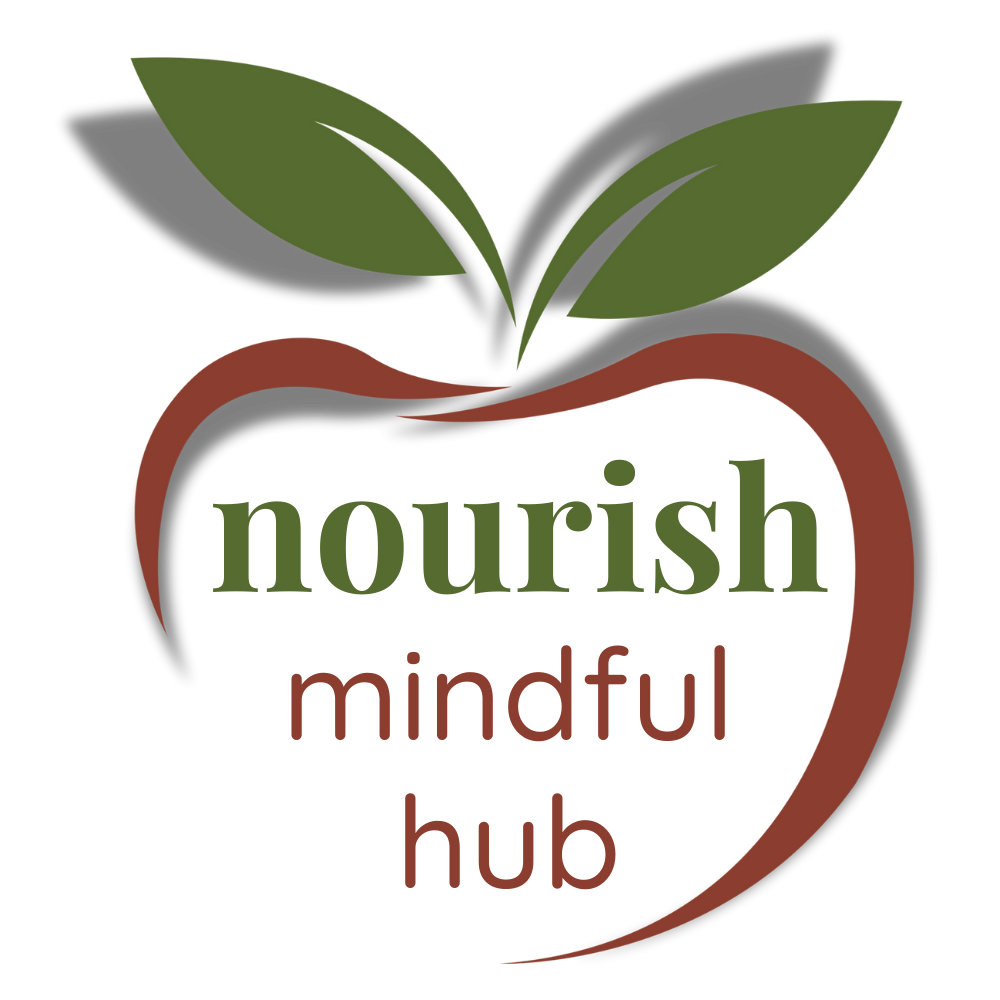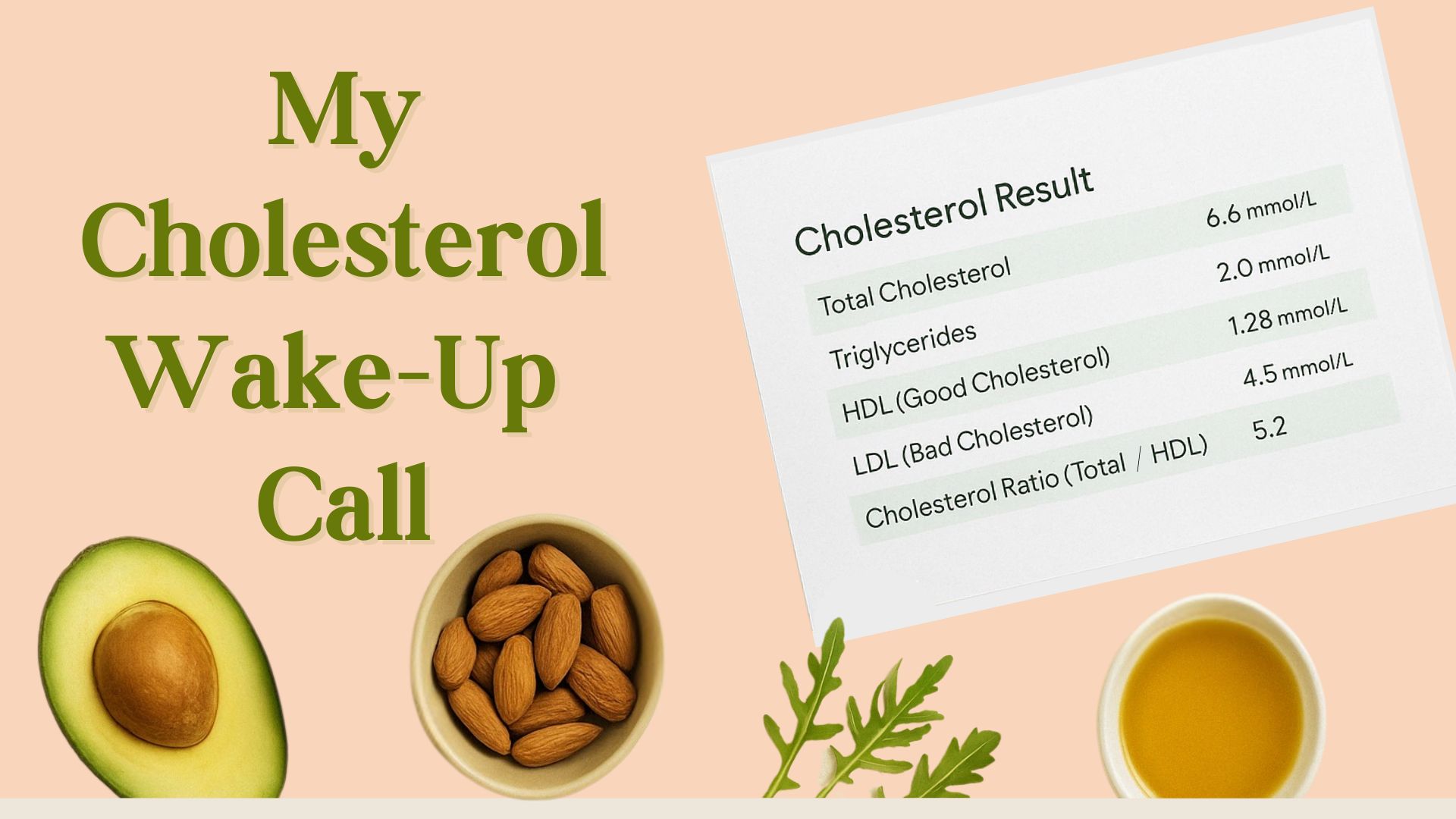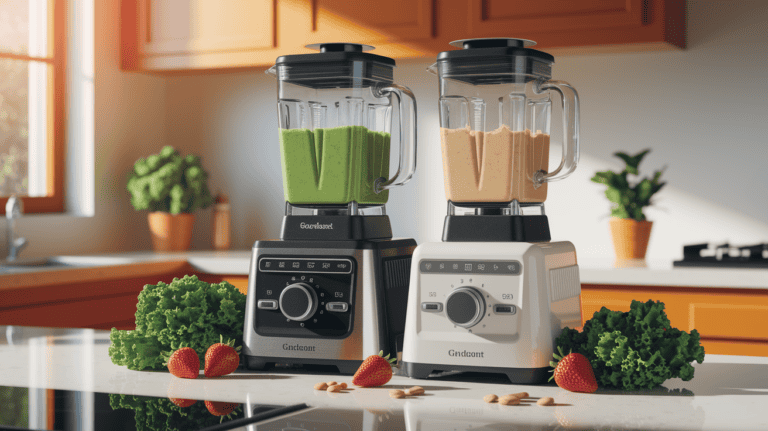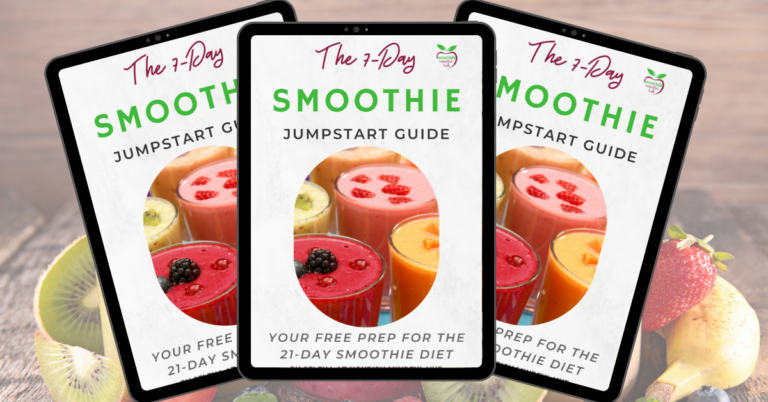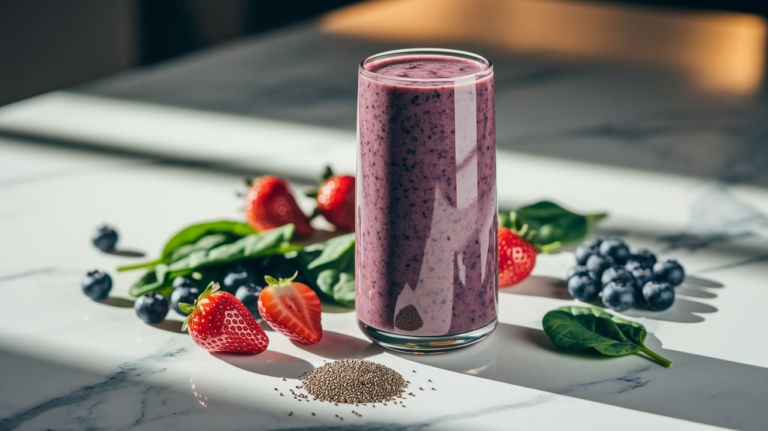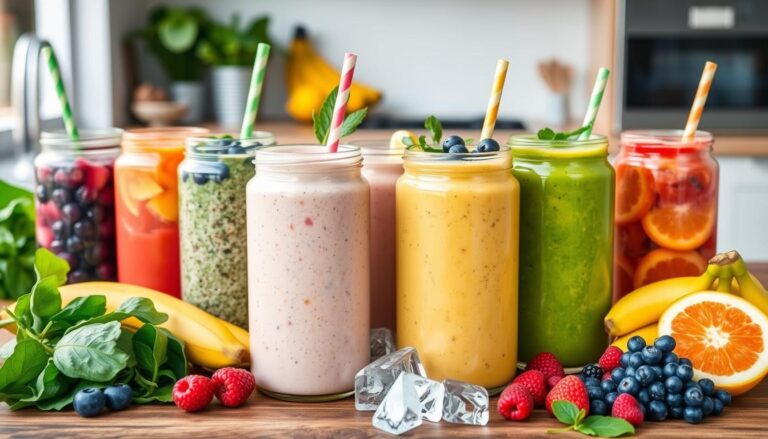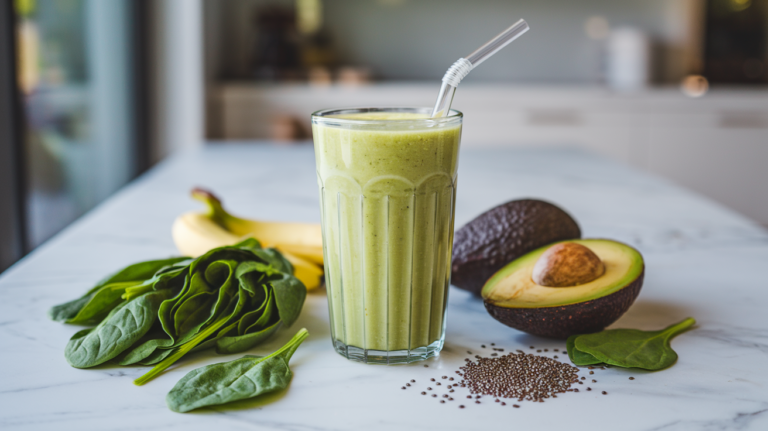Understanding Cholesterol Levels: My Results & Natural Fixes
After a recent health check, I received results that made me pause. Like many people, I wasn’t entirely sure what the numbers meant — or how concerned I should be. I wanted a better understanding of cholesterol levels and how to improve them naturally, without diving too deep into medical jargon or extreme diets. That curiosity led me to do some research, reflect on my habits, and start making small, realistic changes that support heart health
In this post, I’m sharing what I’ve learned so far, including my personal results and the simple shifts I’ve made to support a healthier lifestyle — naturally and without extremes.
This post contains affiliate links, including Amazon Associates and other affiliate programs, meaning I may earn a commission at no extra cost to you. It also includes general health information that should not be considered medical advice. Read my full disclosure here.
📊 My Cholesterol Results
Here’s a snapshot of my actual cholesterol test results:
| Test | My Result | What It Means |
|---|---|---|
| Total Cholesterol | 6.6 mmol/L | Higher than ideal |
| Triglycerides | 2.0 mmol/L | Borderline high |
| HDL (Good Cholesterol) | 1.28 mmol/L | Slightly low for women |
| LDL (Bad Cholesterol) | 4.5 mmol/L | Higher than recommended |
| Cholesterol Ratio (Total ÷ HDL) | 5.2 | Elevated cardiovascular risk |
When I saw these numbers, I felt a little overwhelmed—but also curious. I wanted to understand what they actually meant and what I could do to improve them without overcomplicating things.
🧠 Understanding Cholesterol Levels: A Beginner’s Guide
If you’re also trying to make sense of your results, here’s a simple explanation of the key terms:
Triglycerides
A type of fat in the blood. Your body stores extra calories as triglycerides. High levels can raise your risk of heart disease—especially if paired with high LDL or low HDL. Read more
HDL (High-Density Lipoprotein)
Often called the “good cholesterol,” HDL helps remove excess cholesterol from your bloodstream. Higher HDL levels are generally better. Read more
LDL (Low-Density Lipoprotein)
This is the “bad cholesterol” that can build up in your arteries and increase your risk of heart problems. Lower LDL is ideal. Read more
Cholesterol Ratio
Your total cholesterol divided by your HDL level. A lower ratio is better—it means you have more good cholesterol in relation to total cholesterol. Read more
This is just a simplified overview. If you’d like more detailed insights, I recommend checking reliable sources online or speaking with a healthcare provider.
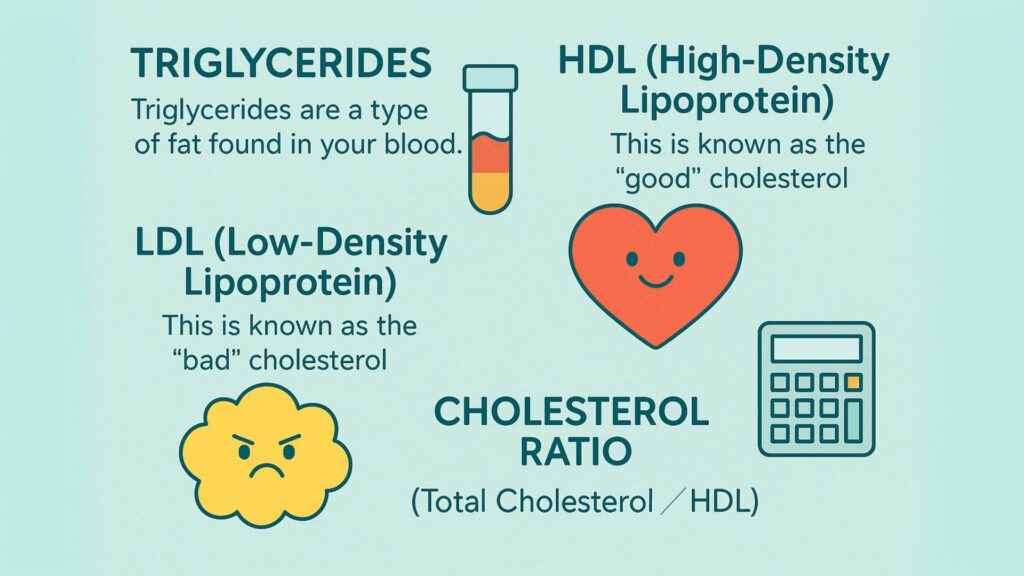
🥗 How I’m Improving After Understanding Cholesterol Levels
After reviewing my results, I started researching realistic ways to improve them—without turning to fad diets or strict rules. I came across the Portfolio Diet, which emphasizes heart-friendly, plant-based foods. Here’s what I’m starting to focus on:
1. Oats and Barley
Rich in soluble fiber, these grains help lower LDL cholesterol. I’ve started making overnight oats and using barley in soups and salads.
🛒 What I Use:
I keep a stash of Bob’s Red Mill Organic Rolled Oats and pearl barley in my pantry for overnight oats, soups, and heart-friendly fiber boosts.
👉 Shop Bob’s Red Mill Rolled Oats
👉 Shop Pearl Barley
👉 Shop Hulled Barley
These whole grains are simple, affordable, and a big part of how I support healthy cholesterol naturally.
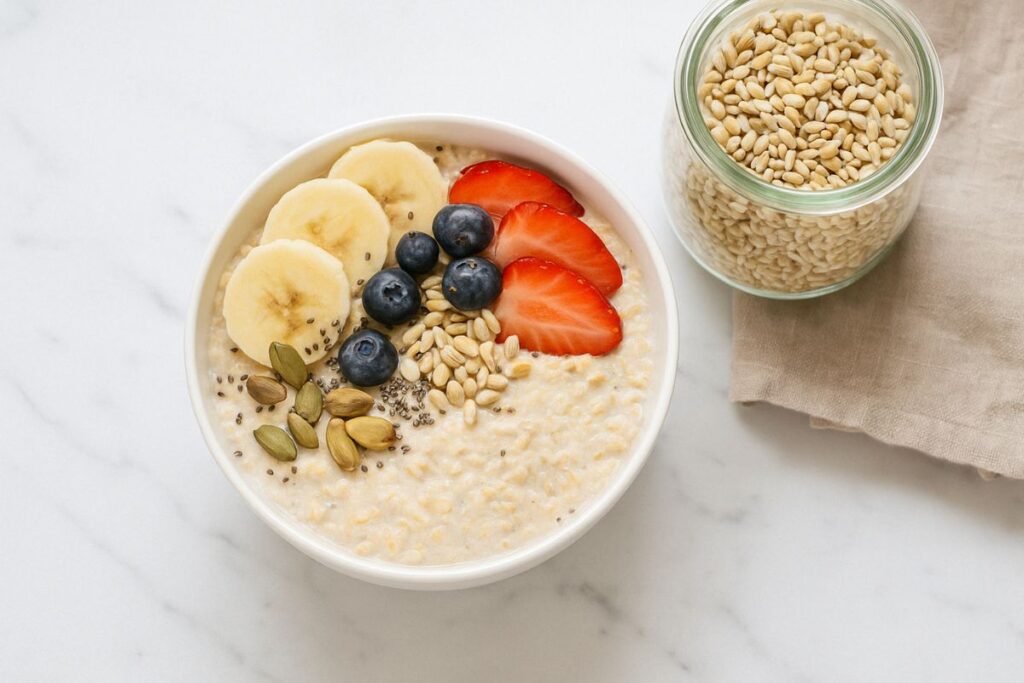
2. Adding Nuts Daily
A small handful of almonds or walnuts a day can support healthy fats and reduce LDL.
🛒 Heart-Smart Snack:
A small handful of raw almonds or walnuts is part of my daily routine.
👉 Blue Diamond Whole Natural Almonds
👉 NOW Foods Raw Walnuts
They’re rich in healthy fats and super easy to keep on hand.
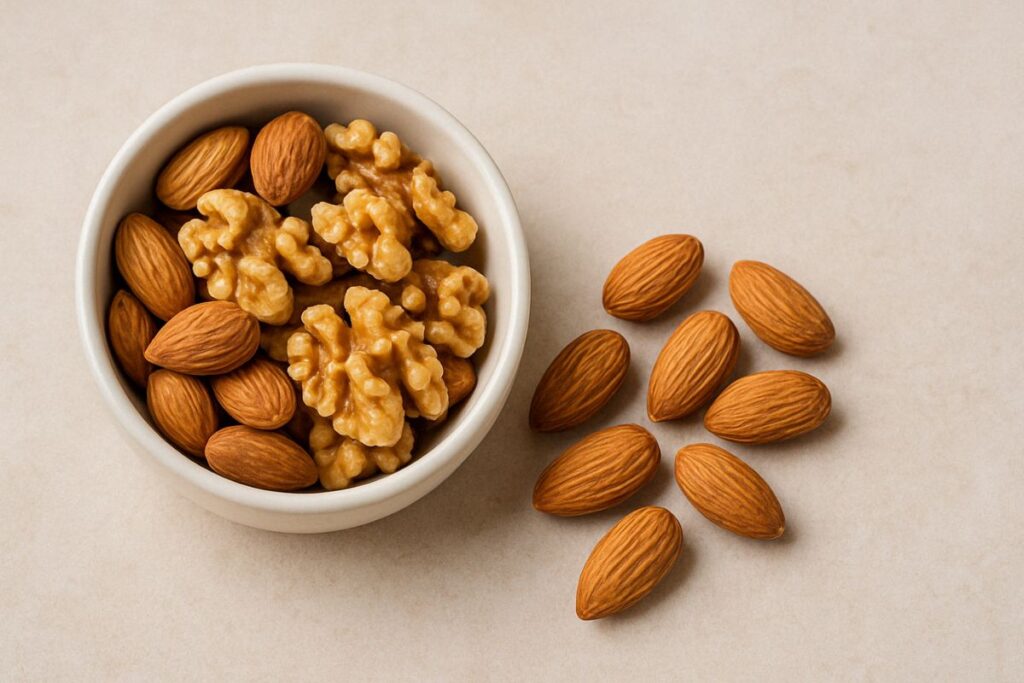
3. Switching to Soy Milk
I replaced almond milk with unsweetened soy milk for more protein and cholesterol-lowering potential.
🛒 My Go-To Plant Milk:
I switched to soy milk because it’s higher in protein and may help lower cholesterol.
👉 Silk Unsweetened Soy Milk – Shelf Stable
👉 Pacific Foods Organic Soy Milk
Tip: Use it in smoothies or on oats for a plant-powered breakfast.
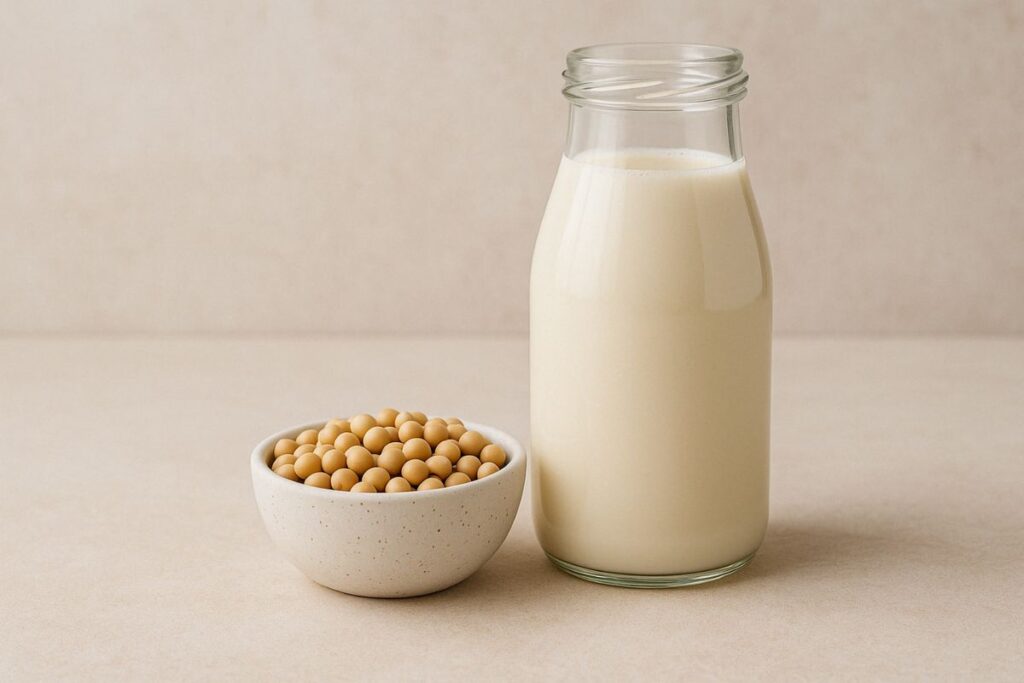
4. More Beans and Lentils
Chickpeas, lentils, and beans are easy to add to meals and offer lots of fiber.
🛒 Budget-Friendly Cholesterol Helpers:
Lentils and beans are rich in fiber and super versatile. I rotate between canned and dried versions.
👉 Organic Canned Lentils
👉 Dried Green or Brown Lentils
They’re great in soups, stews, and quick salads.
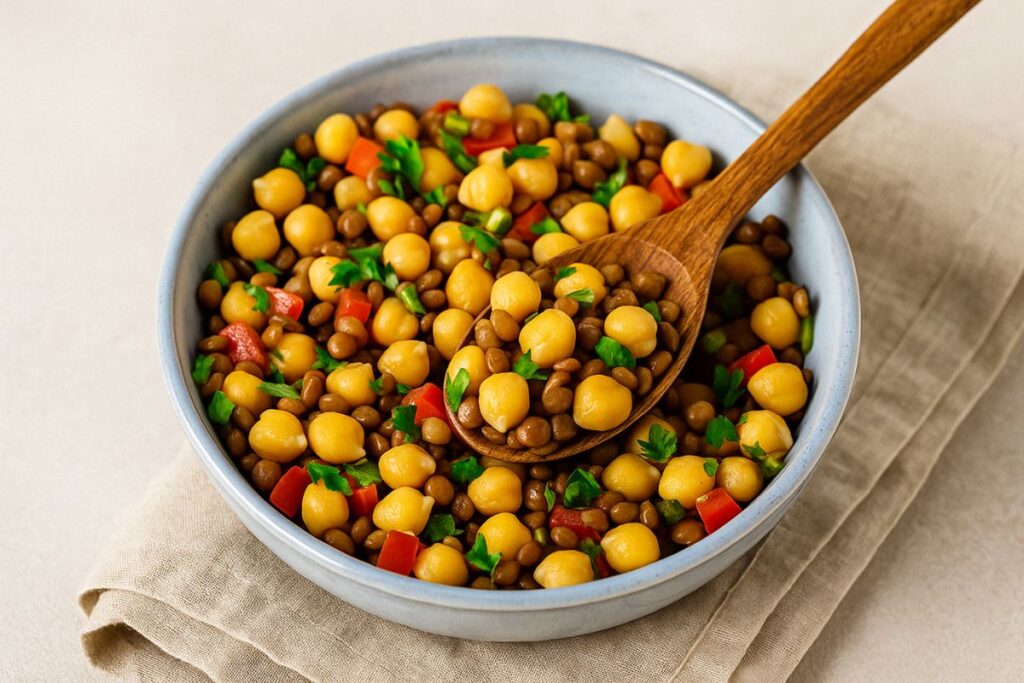
5. More Fruits and Vegetables
I’m aiming for 5+ servings a day—especially berries, apples, spinach, and citrus.
They’re also perfect for smoothies like the ones I’ve been making lately.
👉 Try these delicious smoothie ideas to support heart health.
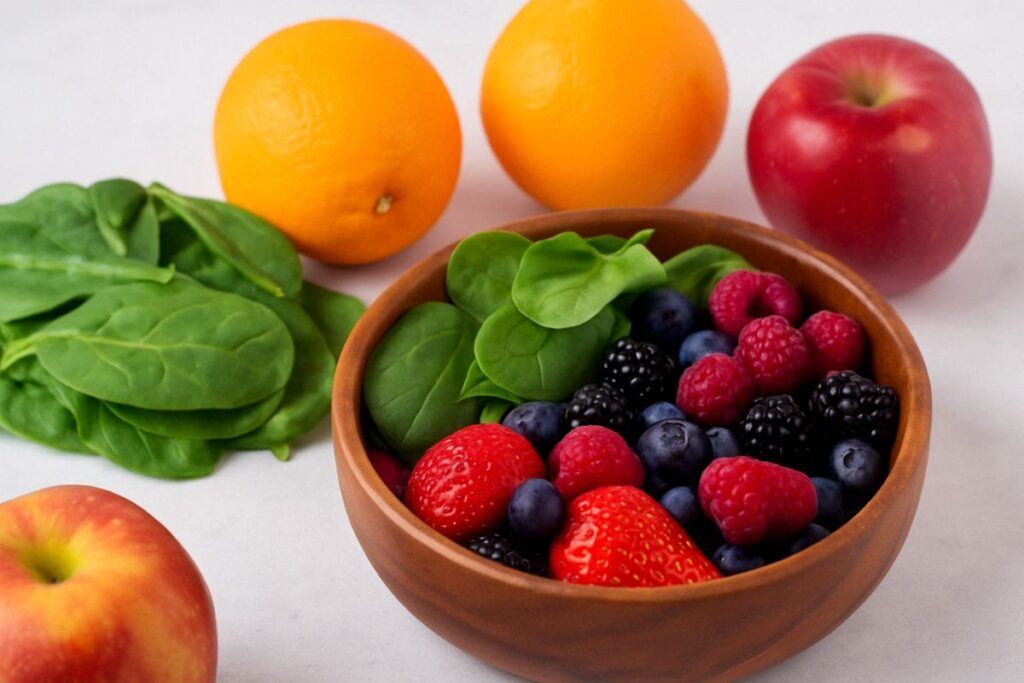
6. Using Olive Oil Instead of Butter
I’ve replaced butter with extra virgin olive oil in my cooking and on toast.
🛒 Smart Fat Swap:
I replaced butter with extra virgin olive oil in my cooking and on toast.
👉 California Olive Ranch EVOO
👉 La Tourangelle Organic Extra Virgin Olive Oil
It’s a delicious, heart-smart switch I don’t regret.
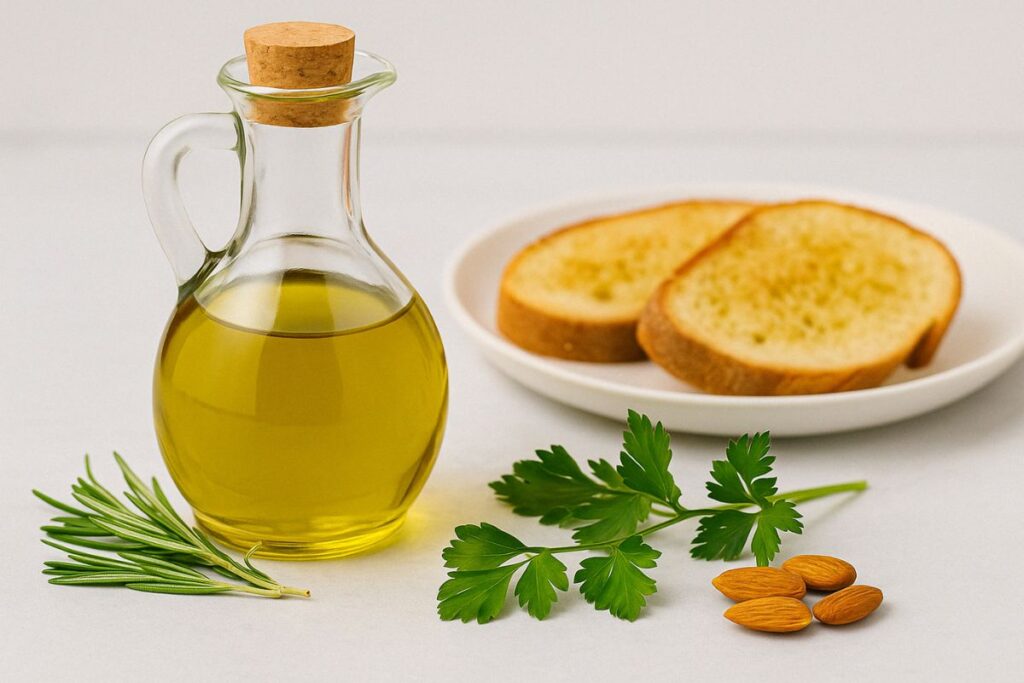
7. Including Omega-3s
Eating more salmon and sardines each week to help support heart health and lower triglycerides.
🛒 My Weekly Omega-3 Picks:
I try to eat salmon or sardines 2–3 times a week to support heart health.
👉 Wild Planet Canned Sockeye Salmon
👉 Sardines in Olive Oil – Low Mercury
These make it easy to get omega-3s without needing supplements.
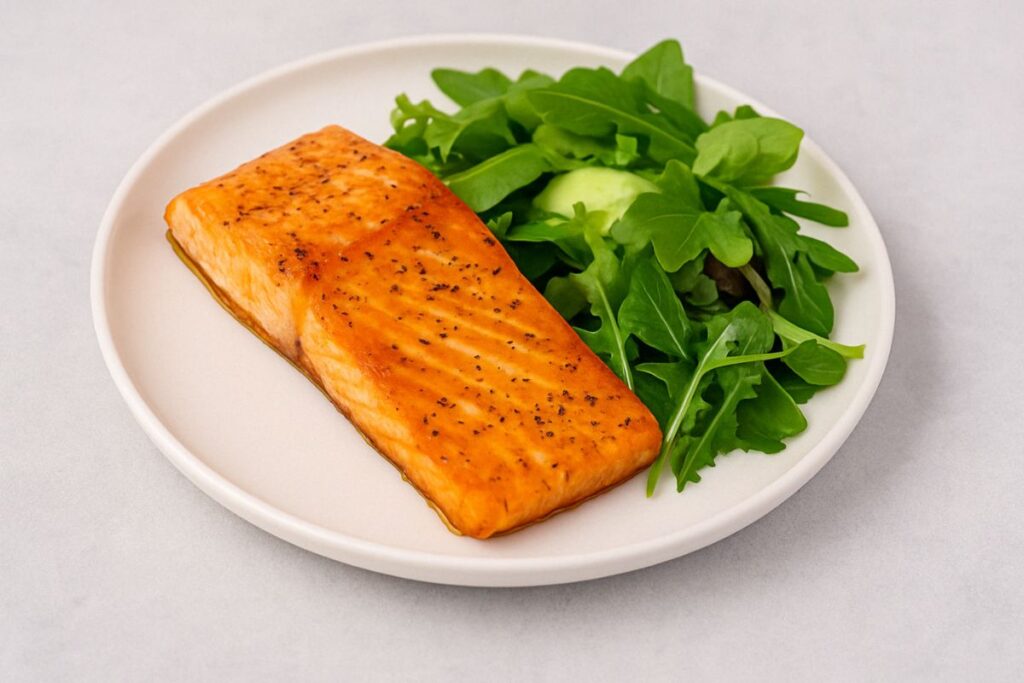
🧼 Lifestyle Changes I’m Working On
These lifestyle shifts are a big part of my approach to understanding cholesterol levels and reducing cardiovascular risk naturally.
- Daily walks – I aim for 30 minutes of movement a day
- Reducing alcohol – Especially since it can raise triglycerides
- Managing stress – Journaling, quiet mornings, and breathing exercises
- Getting better sleep – More consistency in my bedtime routine
- Cutting back on processed foods – Especially those with added sugar and trans fats
🛒 Tools That Help Me Stay on Track:
From daily walks to better sleep, these have made a difference in my routine.
👉 Comfy Skechers Walking Shoes
👉 Mindfulness Journal
👉 Weighted Blanket for Sleep
They’re not necessary—but they sure help make things easier and more enjoyable.
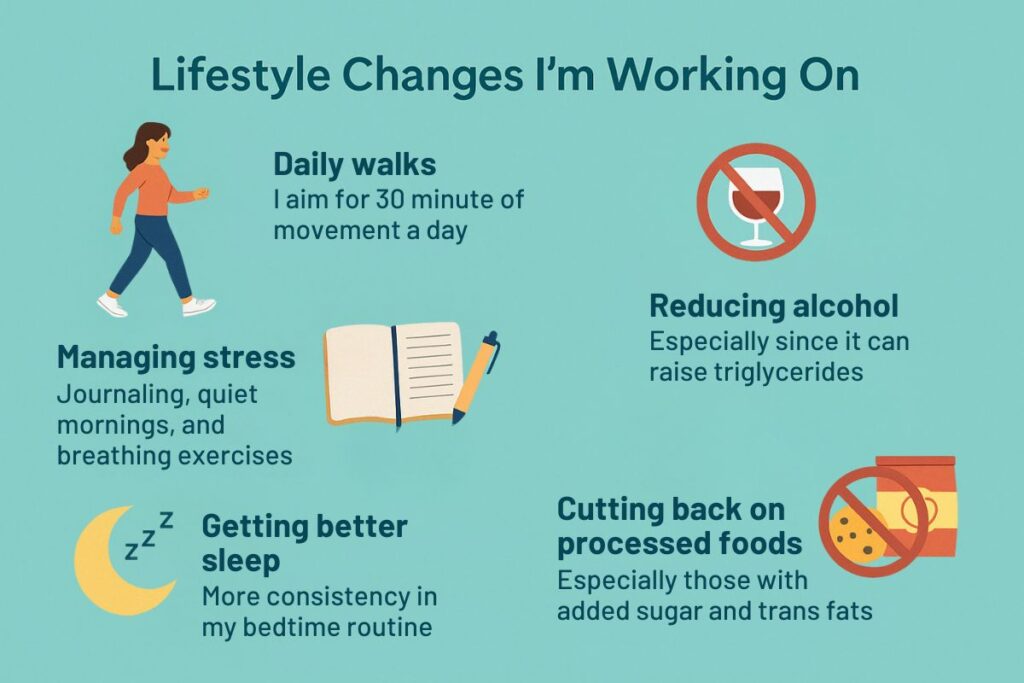
🛒 Pantry Staples I’m Using
To help keep things easy and consistent, I’ve stocked my pantry with:
- Rolled oats and pearl barley
- Unsweetened soy milk
- Natural nut butters
- Canned lentils and chickpeas
- Extra virgin olive oil
- Frozen berries and leafy greens
👉 Here are 5 of my favorite superfoods and how I use them.
🛒 How I Stay Stocked:
Keeping everything organized makes healthy choices easier.
👉 Oxo Airtight Food Storage Containers
👉 Vitamix Smoothie Blender
👉 Reusable Freezer Bags for Berries
These pantry staples help simplify my routine and support my goal of understanding cholesterol levels and making informed food choices.
Little tools like these help me stay consistent day to day.
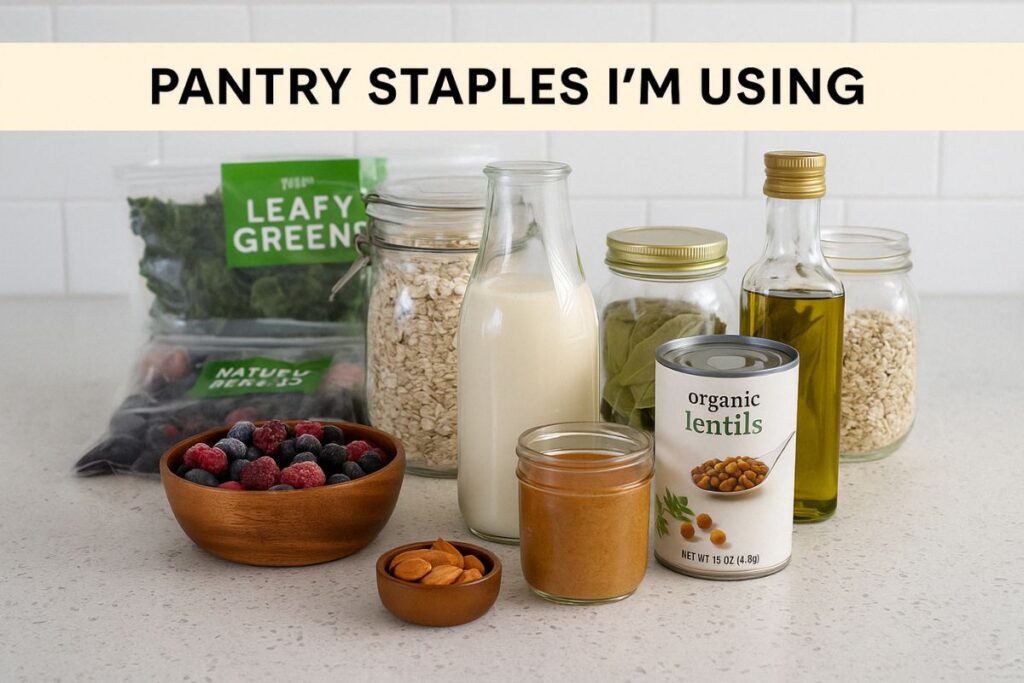
This page contains affiliate links. I may earn a small commission if you purchase through them at no extra cost to you. Thank you for supporting Nourish Mindful Hub!
These are the pantry staples I’m using to support better cholesterol and overall wellness.
📚 Recommended Cookbooks for Heart-Healthy, Low-Cholesterol Living
If you’re serious about understanding cholesterol levels through food and simple habits, these cookbooks are a great next step. They go beyond pantry staples and smoothies to offer practical, delicious ways to support better cholesterol and overall heart health — without relying on extreme diets or complicated meal plans.
- 🥗 The Low Cholesterol Cookbook and Action Plan: 4 Weeks to Cut Cholesterol and Improve Heart Health
A structured, easy-to-follow plan for beginners with meal plans, grocery lists, and simple recipes.
👉 View on Amazon - 👩❤️👨 The Heart Healthy Cookbook for Two: 125 Perfectly Portioned Low Sodium, Low Fat Recipes
Ideal for couples or solo cooks who want tasty, manageable portions that support heart health.
👉 View on Amazon - ⏱️ The 30-Minute Low Cholesterol Cookbook: 125 Satisfying Recipes for a Healthy Lifestyle
Short on time? This one focuses on quick meals without sacrificing nutrition or flavor.
👉 View on Amazon - 🌿 The Complete Mediterranean Cookbook: 500 Vibrant, Kitchen-Tested Recipes for Living and Eating Well Every Day
A robust guide to the Mediterranean diet, known for lowering cholesterol naturally with balanced, whole-food meals.
👉 View on Amazon
💡 These are affiliate links, which means I may earn a small commission if you choose to buy through them — at no extra cost to you. Thanks for supporting Nourish Mindful Hub!

✨ Final Thoughts
Understanding cholesterol levels helped me take charge of my wellness journey in a way that felt empowering—not overwhelming. These numbers were a wake-up call, but they also became a turning point. I didn’t overhaul my life overnight or follow a strict plan. Instead, I focused on simple, natural choices that support heart health—like eating more fiber, choosing healthy fats, and being more mindful about my daily habits.
If you’re in a similar situation, I hope this post helps you feel less alone and more informed. Making changes doesn’t have to mean extremes—it can start with one meal, one walk, or one new grocery item. I’ll continue to share what I learn along the way, including updates on how these lifestyle shifts are impacting my health.
Want a place to start? Try my free 7-Day Smoothie Jumpstart Guide—it’s full of simple, heart-friendly smoothies made with real food.
Ready to take the first step toward better heart health?
My free 7-Day Smoothie Jumpstart Guide is full of simple, nutrient-packed recipes made with ingredients like oats, berries, and leafy greens—foods that naturally support healthy cholesterol. It’s a great place to start if you’re looking for easy, delicious ways to nourish your body without extremes.
Disclaimer:
The information provided in this post is for informational purposes only and should not be considered medical advice. Always consult a healthcare professional before making any dietary changes, especially if you have underlying health conditions.
This post contains affiliate links, including Amazon Associates links, meaning I may earn a small commission at no extra cost to you if you purchase through my links. As an Amazon Associate, I earn from qualifying purchases. This helps support the blog and allows me to continue creating free content for you. Read my full disclosure here.
